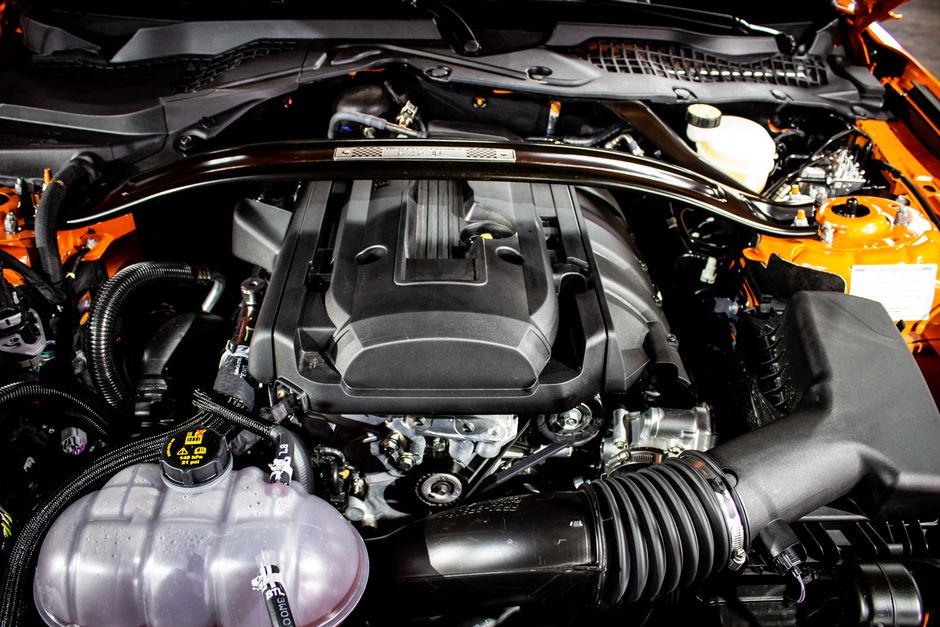The car is a mysterious piece of engineering. It fulfills your dream to go wherever you want but at the same time it harms the environment. It is a puzzle to the normal human eye. Even though it is something that most people use every day and even take for granted, most people will not know how it works. Even in the age of Google when knowing something is one search away, few people take the time out to learn about the secret of the car.
Well, that is what I am going to be attempting to explain today.
Note: I will be attempting to explain the internal combustion engine car, the one that runs on petrol and has nothing to do with electricity.
First, the main part of the car is the engine. The internal combustion engine in most cars is a heat engine. This means that the car gets its energy by converting the burning gasoline into torque (mechanical work). The torque is then applied to the wheels which in turn makes the car move. This is the basics of how a car works and will not change from car to car. Believe it or not, a cheap Toyota car and a Ferrari use the same technology.
Well then, what is inside the engine? Well, there are several types of engines. For now, though, I will be focusing on a 4 cylinder engine. Inside an engine there are pistons that move up and down in a metal tube called a cylinder. In the case of a 4 cylinder engine there are 4 cylinders hence the name. Pistons move up and down like when you ride a bicycle. Pistons are connected through rods to a crankshaft and the pistons move up and down which spins the engine’s crankshaft.
The more pistons a car has, the more power it can produce.
These pistons move up and down to power the car, but how do they get the energy to move up and down? The pistons are powered by thousands of tiny controlled explosions every minute. That’s right. When you ride a car there are thousands of tiny explosions happening in the engine every minute. These explosions occur by mixing fuel with oxygen and igniting the mixture. The heat and expanding gas will push the pistons down the cylinder.
Engines need oxygen to be able to burn the fuel and make the car work. First, the valve opens allowing oxygen to enter through the engine’s intake system while the piston moves upwards. Next, the piston reaches the top and the intake valve closes. Then, gasoline is injected directly into the cylinder (Basically the enclosure the piston is in). The oxygen and gasoline mix and when the piston reaches the top, spark plugs ignite the mixture of air and fuel. The hot burning gases push the piston down during the combustion stroke. The combustion stroke makes the wheel on a car move. When the piston reaches the bottom exhaust valves open and allow the gasses to exit the engine and the car through the exhaust at the back of your car. Once this is done the exhaust valves close and the entire process is repeated.
This is how a typical internal combustion engine car works.


